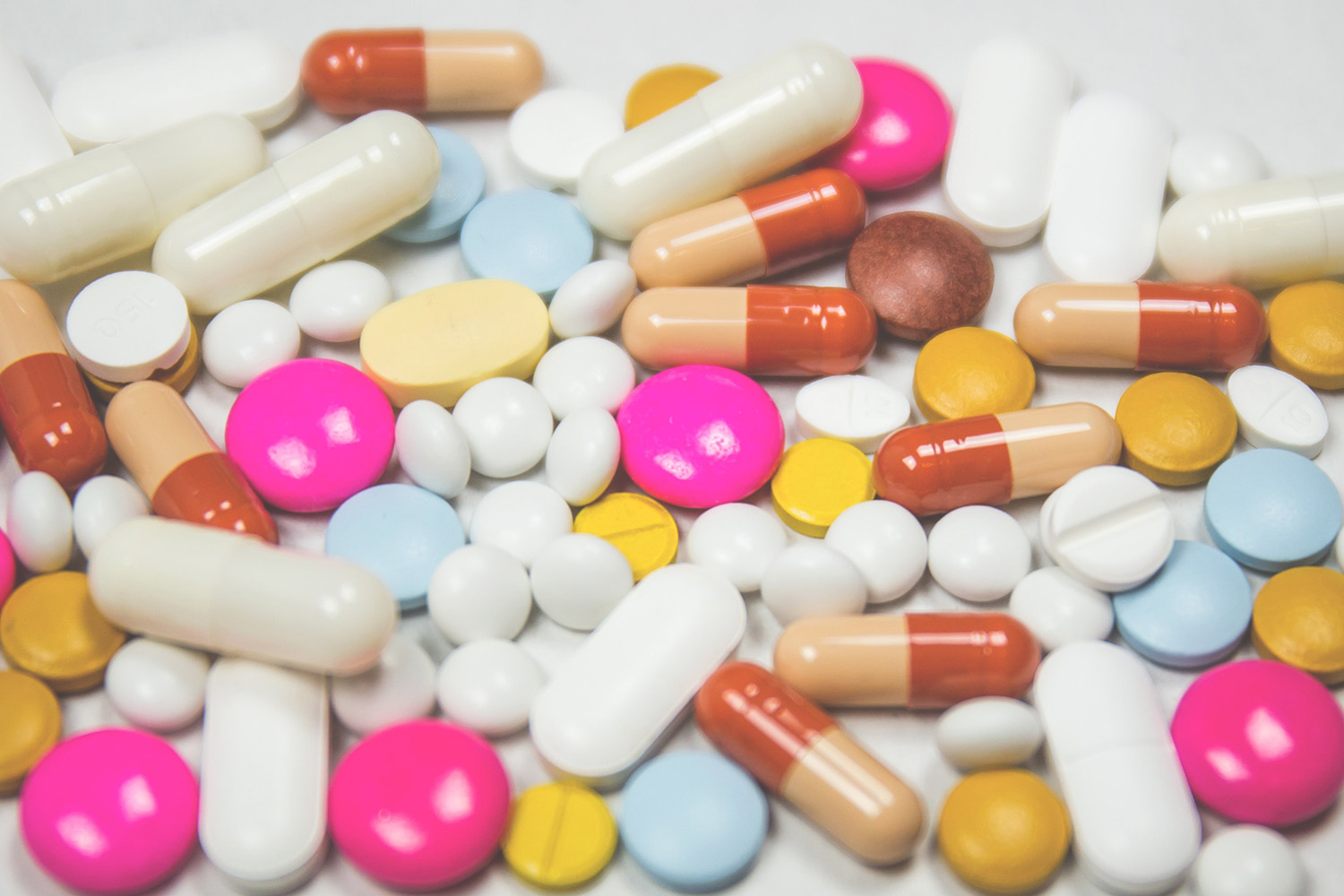Determination of Amphetamine, Methamphetamine, Ecstasy (MDMA), MDEA in Meth Lab

The production of illicit drugs and their use are growing problems in our society. In particular, the clandestine drug laboratories can exist in many multi-unit residential buildings in large metropolitan cities. Not only is the active usage of these illicit drugs deleterious to the users, families and society, their operations can generate significant environmental hazards and have serious impacts on the health and safety of surrounding residences. In general, a number of illicit drugs are synthesised in these labs such as methamphetamine (Meth), Ecstasy (MDMA), amphetamine. Many chemicals are used in such operations such as the specific chemical hazards can vary from site to site, depending on the drugs being synthesised and their mechanism. Often, these clandestine labs are discovered after a fire, explosion, or leaking of chemicals used into neighbouring properties. Cleanup and remediation of former clandestine labs are usually extensive, involving removal of gross contaminants, checking for the presence of health hazards, restoration of the property for future inhabitation, and final testing to ensure no hazards exist after such remediation.
CASSEN is the only Canadian laboratory accredited by AIHA for the determination of the following illicit drugs using NIOSH Method 9106, “ Methamphetamine and Illicit Drugs, Precursors and Adulterants on Wipes by Liquid-Liquid Extraction:
- Methamphetamine (N-methyl-1-phenylpropan-2-amine)
- Ecstasy [3,4-methylenedioxymethamphetamine (MDMA)]
- Amphetamine (1-phenylpropan-2-amine)
- MDEA (3,4-Methylenedioxyethylamphetamine)
The analysis is conducted using gas chromatography with mass spectrometry using a lengthy procedure of hexane cleanup followed by methylene chloride extraction, derivatization, concentration and analysis.
The GC/MS open characterization analysis in the same sample can also detect many precursors, other drugs as well as degradation and reaction products such as:
- Phenyl-2-Propanone
- Phenyl-1-Propanone
- Caffeine
- Katamine
- Ephedrine
Other chemicals present in the air used can be detected through various analytical methods. For example, methamphetamine is generally produced from one of several homologous stuctures -ephedrine or, less commonly, phenyl-2-propanone through the following mechanism:
Methamphetamine can release substances into the air through two processes – smoking and cooking (synthesis). The primary VOC’s detcted by smoking are combustion products. From the synthetic side, a wide range of harmful chemicals are used to isolate the precursors and prepare the drug. There are many ways to synthesize Meth, not all these compounds are used every method, but they all can be characteristic:
| Compound | Reference method |
|---|---|
| VOCs - P2P, N-methyformamide, acetic anhydride, methylamine, formic acid, toluene, diethyl ether, pyridine, camper fuel (hexane, heptane, cyclohexane), THF | NIOSH 2549, TO-17 |
| Sodium Hydroxide | NIOSH 7401 |
| Ammonia | NIOSH 6015 |
| Lithium, sodium, mercury, iodine | NIOSH 7300, NIOSH 6005 |
| Sodium sulfate, sodium bisulfie, sodium thiosulfite | NIOSH 7303 |
| Red phosphorous | NIOSH 7300, NIOSH 7905 |
| Phosphine | NIOSH 6002, NIOSH 2549, TO-17 |
However, one compound not readily detected in air is methamphetamine itself. It can be volatilized as a short-lived aerosol, during smoking and cooking, and then collected using wipe samples. Meth is not readily volatilized because it is synthesized in the base form – as a liquid. Most street meth is hydrochloric salt, therefore non volatile.
Meth is refluxed with hydrochloric acid to form this salt – during the reflux period ppm levels of acid are present – often serving as potential indicator of cooking operations:
| Compound | Reference method |
|---|---|
| Methamphetamine | NIOSH 9106 |
| Hydrochloric Acid | NIOSH 7903 |
Many of these methods can be performed by CASSEN Testing Laboratories, so please do not hesitate to call for a quote or have any questions or concerns answered.